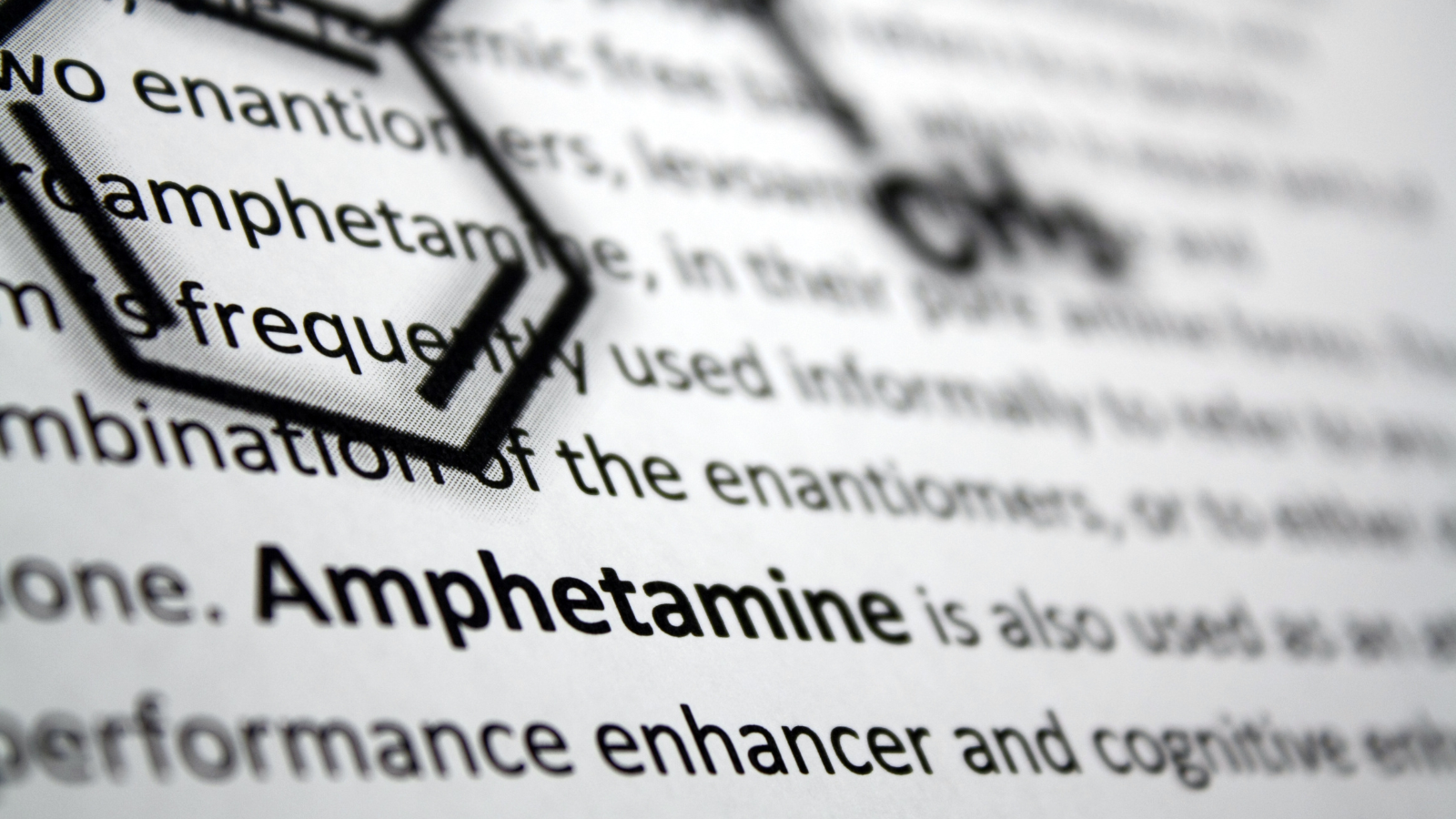
March 19 2024

Gold Standard methods
There are methods we use in forensic science that are referred to as “gold standards”. These are best practice; considered to be high quality and at the top of their game. Often these methods are revered to be unquestioned: a positive result from a gold method means confirmed positive (as opposed to the less certain presumptive test or ‘indicated’ positive).
But unlike gold, any method is only as good as what we know at that moment in time. No method is without its limitations and not every limitation can be tested. Over time, “gold” standards become old-fashioned, and are replaced with new, shinier ones.
The possibility of a false positive
The problem with these methods is that, at the time, they are unquestioned. Expectation bias forces a dialogue that anything which comes along to challenge a gold standard result, even a genuine false positive, might be dismissed out of hand because, of course, “the person is lying”.
Testing in toxicology
Which brings us to the modern-day gold standard method: liquid chromatography/ tandem mass spectrometry, or LC-MS/MS. LC-MS/MS has been the backbone of toxicological analysis for over a decade. The liquid-based system can handle a wide range of sample types; the tandem mass-spectrometer allows very high sensitivity, coupled with excellent selectivity, so that low-levels of drugs can be confidently detected in things that have a complicated background, like hair samples, urine or blood.
The drawback with toxicology LC-MS/MS is that, instead of looking at whole chemicals, in toxicology it is configured to look only at how long it takes to get through the instrument (called ‘retention time’) along with very small parts of the molecule. The theory is that parts of two different chemicals can be chosen so that the characteristics of those parts will be different in both time and composition, and the LC-MS/MS will not confuse them. It will always tell them apart.
Generally, this is the case, but somewhere in the world are people who are quite ingenious, and they will look for ways to develop substances that may mimic controlled drugs but are otherwise not covered under the Misuse of Drugs Act. One of these is BMPEA.
What is BMPEA?
BMPEA, or β-methylphenylethylamine is almost identical to α- methylphenylethylamine, which is amphetamine. Not only are they very similar in chemical appearance, but the chemical “parts” making up amphetamine are almost the same as those parts which make up BMPEA. Unless the LC-MS/MS is set-up and tested using both BMPEA and amphetamine to make sure it can tell the difference, the method used might treat them the same. In other words, BMPEA, a non-controlled substance, has the potential to give a false positive for amphetamine using a gold standard method.
Dietary supplements
BMPEA isn’t new. The amphetamine derivative was first synthesised in the 1930s as a potential replacement for amphetamine, but it was then lost in the mists of drug time until around 2013, when it started to appear in some body-building/dietary supplements in the USA. At the time, it was claimed that it was a naturally occurring product in a particular plant species added to the supplement; however, work by the Food and Drug Administration (FDA) did not find it in the plant, the inference being it was added.
Research into this continued over the years, including a few articles specifically recognising that BMPEA can give a false positive for amphetamine even with LC-MS/MS. News articles were written about this in high profile papers such as the New York Times and NBC News. Work was still being undertaken into BMPEA in sports supplements in 2019.
UK testing and screening
BMPEA has started to appear in at least one dietary supplement here in the UK and, if BMPEA is in dietary and sports supplements, it can easily find its way into hair, urine or blood tests for workplace or employment drug screening, section 5a drug driving, and any cases where toxicology samples are needed, such as alleged sexual assaults and death enquiries.
The question is: have the labs adapted their methods to make sure they can distinguish it from amphetamine? The answer will depend on the laboratory but, if in doubt, get in touch and we can review the results on your behalf.